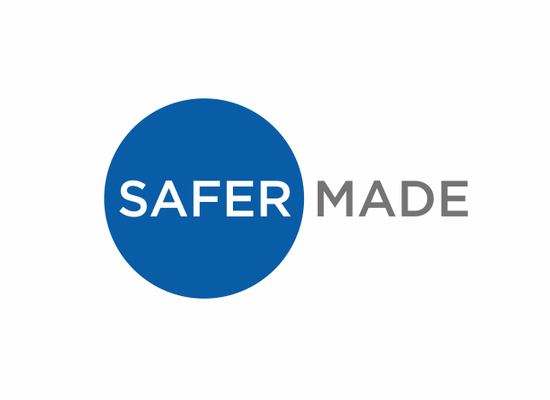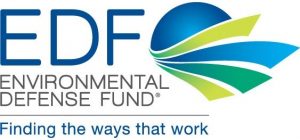Primary Functions
- Learn about chemicals of concern in the production of textiles, apparel and footwear.
- Find insights to accelerate the adoption of new technologies that reduce or eliminate the use of hazardous chemicals.
Detailed Description
Eliminating hazardous chemicals from the textile and apparel industry requires action from a broad group of actors, both within and outside the industry. Articulating the safer chemistry innovation opportunity helps conversations among industry actors such as brands, retailers, chemical suppliers and mills. A clear picture of the safer chemistry innovation need would also help innovators attract financial support including investment capital, and would help actors outside the industry, such as investors, governments and the advocacy community, grasp the opportunity and get involved.
Chemicals deliver certain functions to final garments. For example, fluorocarbon chemicals make rain jackets water repellent. Other chemicals are used to deliver functions to the manufacturing process; for example, sizing agents reduce the abrasiveness of yarns during fabric construction. Hazardous chemicals often end up discharged into the environment, and high-profile examples of river and surface water pollution have been a liability for the sector. Brands are realizing that in the eyes of consumers they have a responsibility for both the chemicals on their garments and the process chemicals that are used in their manufacturing.
The textile and apparel industry is facing increased pressure and scrutiny from consumers, advocacy groups and regulatory agencies to address the use of hazardous chemicals.
Few people know about the complex chemistry embedded in our clothes, and the hazardous nature of some of the chemicals involved. Finding the right level for this conversation is important. Talking about specific chemicals is often too detailed. Talking about sustainability and market needs in high-level terms fails to grasp what the innovation opportunity is about.
This report provides an overview of the safer chemistry innovation opportunity in the textile and apparel sector. The authors describe key drivers, evaluate the role different chemicals of concern have in the production of textiles and apparel, identify five key areas of innovation, and provide insights to accelerate the adoption of new technologies that reduce or eliminate the use of hazardous chemicals.





